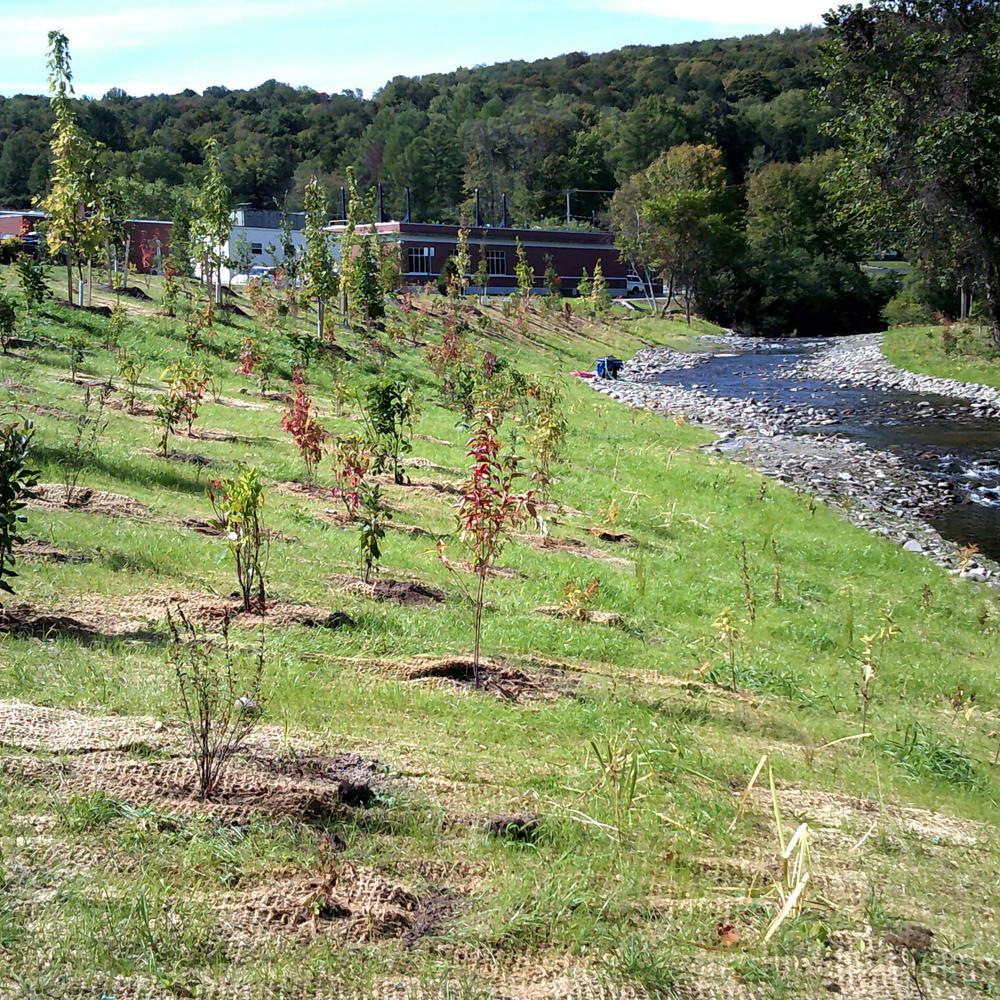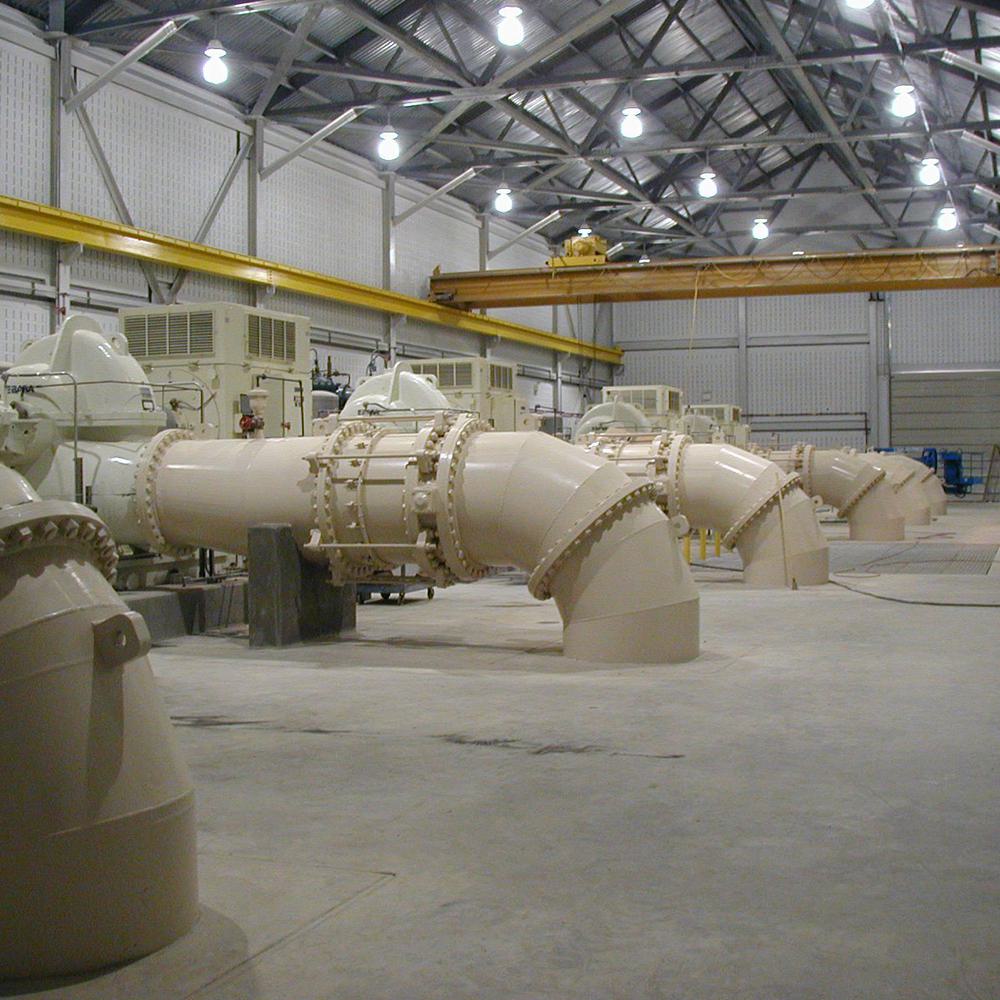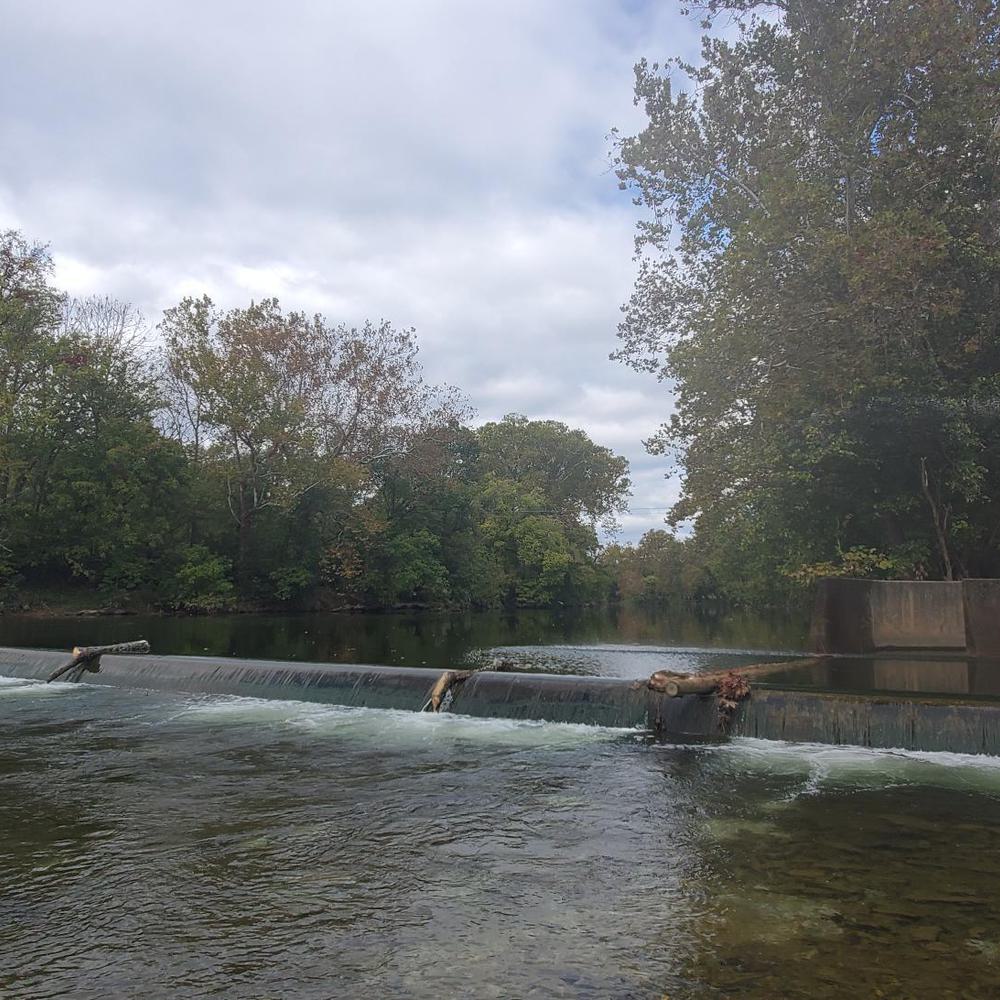City of Raleigh Drought Forecasting

Hazen developed a 12-month look-ahead water supply forecast (i.e. drought forecast) using the Neuse River Basin Hydrologic Model. The forecast uses the 80+ years of historical hydrology in the model to provide a statistical analysis of how current reservoir levels and service area demand conditions are likely to interact over the forecast period. The probability that the City’s reservoir levels might drop below various trigger thresholds can be easily read for any point within the forecast period. This concise visual format supported the City’s decision to delay the implementation of mandatory conservation measures.
For more information, please contact Reed Palmer.

Furthermore, forecasts were provided for both of the City’s reservoir systems, helping the City balance withdrawals from each system in a manner that minimized the overall risk of a supply shortage.
A drought forecast template was developed that allows for rapid production of water supply forecast reports on an as-needed basis. Forecasts were repeated six times over 2010-2012, and in each case it was determined that mandatory drought restrictions were not necessary. The result was a win-win for the City and its customers; the City avoided revenue losses from mandatory conservation measures, and the City’s customers were spared from enduring prescriptive conservation measures at a time when they were not needed to ensure continued water supply reliability.

Project Outcomes and Benefits
- Water Supply Forecasts produced using models developed by Hazen and Sawyer allow the City of Raleigh to base mandatory conservation decisions directly on risk of future drought. Together with the Water Shortage Response Plan, these forecasts ensure that water use restrictions are applied when they are risk-justified and reduce the potential for false drought alarms and associated undesirable financial and political consequences.
- Institution of standard forecast procedures, such as the forecast template, streamlines the production of forecasts and acts to institutionalize knowledge about true water supply risks. This knowledge helps prevent overreaction by utilities, government, and stakeholders to visually-intimidating drought-depressed lake levels.






















